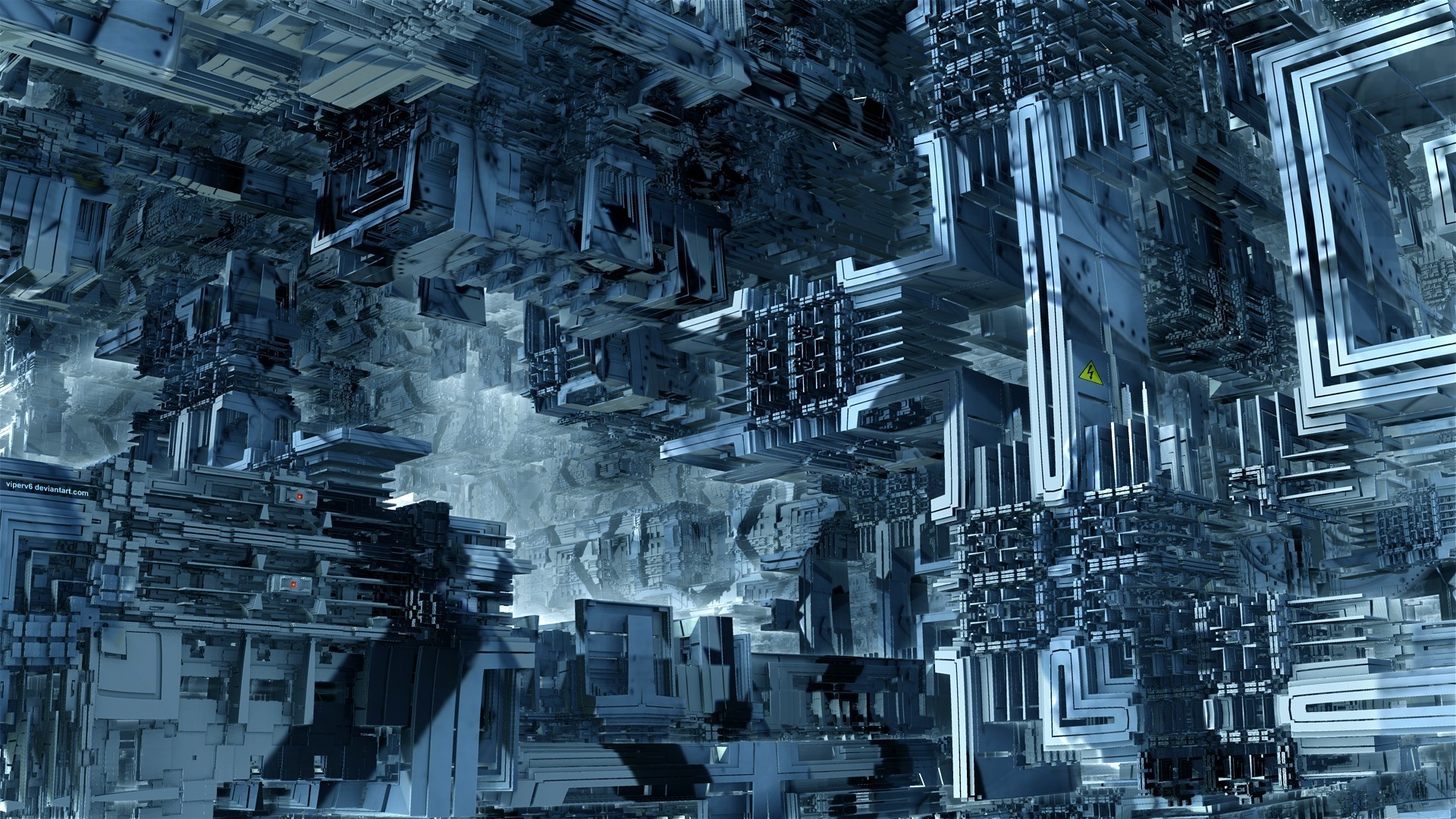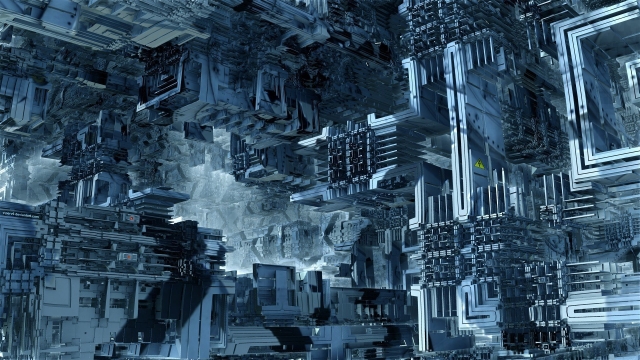
Deepfake technology has emerged as a startling and perplexing phenomenon, captivating both technologists and the wider public. With its ability to create highly realistic and deceptive audiovisual content, deepfakes have become a topic of intense discussion and concern. From morphing faces in videos to manipulating voices, this cutting-edge technology has raised profound questions about the implications it holds for society at large. In this article, we delve into the depths of deepfake technology, shedding light on its rise, potential uses, and the challenges it presents. Join us as we unmask the captivating world of deepfakes, where truth and fiction converge in an unsettling manner.
The Origins of Deepfake Technology
Deepfake technology, a term derived from the combination of "deep learning" and "fake," has rapidly gained prominence in recent years. It refers to the use of artificial intelligence (AI) to create highly realistic and often deceptive synthetic media. Although deepfakes have captured the public’s attention relatively recently, the roots of this technology can be traced back to the early 2010s.
The first instances of deepfakes emerged as a result of advancements in AI research, particularly in the field of computer vision. Researchers began to explore the concept of generative adversarial networks (GANs), a class of machine learning systems that consists of two neural networks competing against each other. It was this breakthrough that laid the foundation for the deepfake technology we know today.
Faceswap
Around 2014, a research paper introduced the world to deep learning-based image manipulation techniques, setting the stage for rapid progress in the creation of deepfakes. Notably, this paper demonstrated that deep neural networks, when appropriately trained, could generate remarkably realistic facial transformations. From there, the potential for using this technology for both entertainment and malicious purposes began to be realized.
Deepfakes gained significant attention in late 2017 when an anonymous Reddit user under the pseudonym "Deepfakes" started sharing explicit videos that superimposed the faces of celebrities onto adult film performers. This event caused widespread concern about the potential misuse of the technology, sparking debate on issues ranging from privacy to national security.
As the technology progressed, so did the ability for deepfakes to mimic various forms of media with astonishing accuracy. Today, deepfake technology extends beyond just face-swapping and video manipulation, encompassing synthetic audio, text, and even full-body animations. With ongoing advancements and its accessibility to the general public, deepfake technology is set to continue evolving and raising important societal questions in the years to come.
The Mechanics of Deepfake Creation
Deepfake technology refers to the creation of manipulated media using artificial intelligence algorithms. With deepfake technology, it is possible to alter or replace a person’s appearance and voice in videos, making it appear as though they are saying or doing things they never did. This is achieved through a complex process that involves several steps.
Firstly, the process begins with collecting a substantial amount of data related to the target individual. This data usually includes videos and images featuring the person whose identity will be manipulated. In some cases, additional data such as audio recordings may also be used to create a more convincing deepfake.
Once the data collection is complete, the next step involves training a deep learning model using a technique called generative adversarial networks (GANs). GANs consist of two neural networks: a generator and a discriminator. The generator network is trained to generate synthetic media, while the discriminator network is trained to distinguish between real and synthetic media. Through an iterative process, these two networks compete against each other, leading to the creation of increasingly realistic deepfakes.
Finally, the last step in deepfake creation involves refining and optimizing the generated deepfake. This is done by fine-tuning the neural networks based on feedback and additional training. Various techniques such as facial landmark alignment, texture blending, and voice modulation are used to ensure that the deepfakes closely resemble the original source material.
Deepfake technology has experienced significant advancements in recent years, with the ability to create highly realistic and convincing manipulated media. While the technology offers intriguing possibilities in entertainment and visual effects industries, it also raises ethical concerns regarding the potential misuse and harm it can cause.
The Implications and Risks of Deepfake Technology
Deepfake technology has brought about numerous implications and risks that cannot be ignored. As this technology continues to advance, the consequences it poses for individuals, society, and even democracy are becoming increasingly concerning.
Firstly, deepfakes have the potential to erode trust and credibility in various aspects of life. With the ability to manipulate videos and images to make them appear genuine, the line between what is real and what is fabricated becomes blurred. This can have serious implications for journalism, as it becomes more difficult to discern between authentic news footage and manipulated content. Furthermore, deepfakes could be used to deceive individuals, manipulate public opinion, and even create chaos by spreading false information.
Moreover, the risks of deepfake technology extend beyond fake news and misinformation. Personal privacy is also at stake, as anyone can become a victim of identity theft or blackmail. Deepfakes can be used to superimpose an individual’s face onto explicit or compromising videos, damaging their reputation and causing immense psychological distress. The potential for exploitation and harassment in the digital realm is alarming, highlighting the urgent need for safeguards and regulations to protect individuals from such malicious use.
Additionally, deepfakes raise significant ethical concerns. The ability to fabricate content that appears authentic challenges the notion of consent and consented appearances in media. Without proper regulations, deepfakes could violate the privacy and autonomy of individuals by using their likeness without their knowledge or permission. Protecting the rights of individuals and preserving the integrity of digital content is paramount to maintaining a just and responsible use of this technology.
In conclusion, the implications and risks of deepfake technology cannot be underestimated. From the erosion of trust and credibility to personal privacy concerns and ethical dilemmas, society must confront the challenges posed by this technology. Striking a balance between innovation and responsibility is crucial to ensure the safe and ethical development of deepfake technology.






Recent Comments